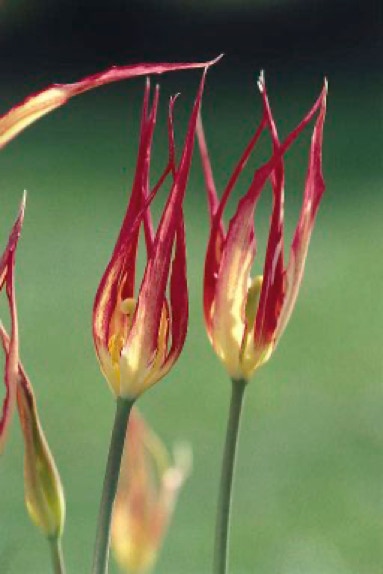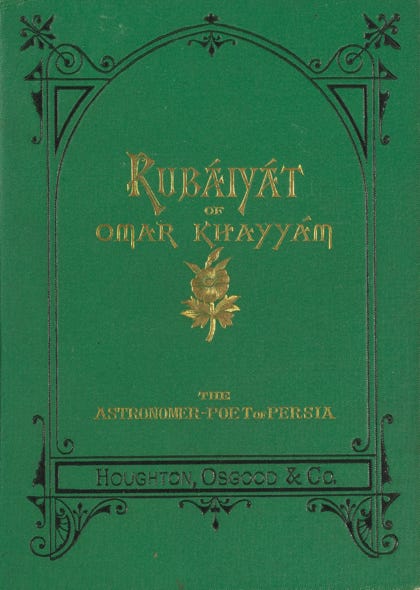
The tulip has made men mad. Greed, desire, anguish and devotion have all played their part in its development from a wild flower of the Asian Steppes to the world wide phenomenon it is today. Its delicacy and typical blood-red colour has made it of immense, and sometimes contradictory, symbolic importance; from its likeness to the strewn, severed heads and bloodied turbans on the battlefield of Kosovo Field in 1389 to symbols of perfect love springing from drops of blood spilt by a distraught Prince mourning the death of his true love.
The seventeenth century traveller John Chardin also recounted, ‘When a young man presents one [a tulip] to his mistress, he gives her to understand, by the general colour of the flower, that he is on fire with her beauty; and by the black base of it, that his heart is burnt to a coal.’ Dash, M., Tulipomania, Indigo, London, P.9
Tulips also appear in one of Omar Khayyam’s best known verses, The Rabaiyat c.1120, as a metaphor for perfect female beauty. The flower’s significance is further compounded when we learn that the Turkish word for tulip – lale – was written with the same Arabic letters used for the name of Allah.
It is widely believed that the first tulips sprang from the scrubby slopes of the Pamirs and flourished among the foothills and valleys of the Tien-shan Mountains, where China and Tibet meet Russia and Afganistan. The flower drifted further west with merchants and traders but it was the Ottoman Sultans who brought it to wider cultural prominence. Although it was Suleiman the Magnificent (1495-1566) who most fully celebrated the flower through art and decoration, it was the passionate gardener Mehmed II (1451-1481) who was responsible for the formal colonisation of the tulip as he removed it from the wild and transplanted it into the gardens of his newly built palace – The Adobe of Bliss (Topkapi) – in the eastern end of Istanbul.
Although it was the longer, more slender, spidery petalled flower, now known as the Istanbul Tulip, that was most visually celebrated in Ottoman culture, ‘The wild flowers that had been grown in Istanbul in Mehmed’s day were short and rounded, almost egg shaped’, more like the shape of the flowers available today. While it cannot be definitively proven which varieties Mehmed chose to furnish his highly colourful, formal palace gardens, the rich vibrant colouring, its aesthetic connection to history and fable and its relatively local availability makes Tulipa Armena likely to be one of the first species to be cultivated for aesthetic pleasure and status.



